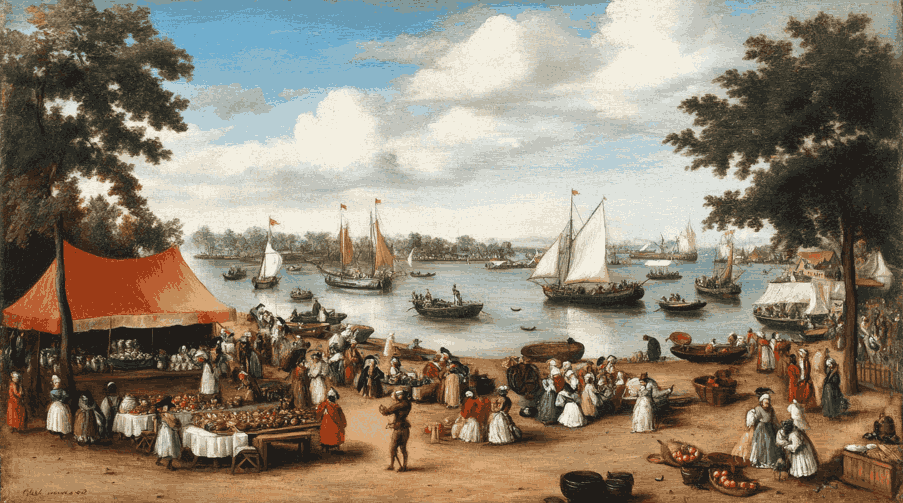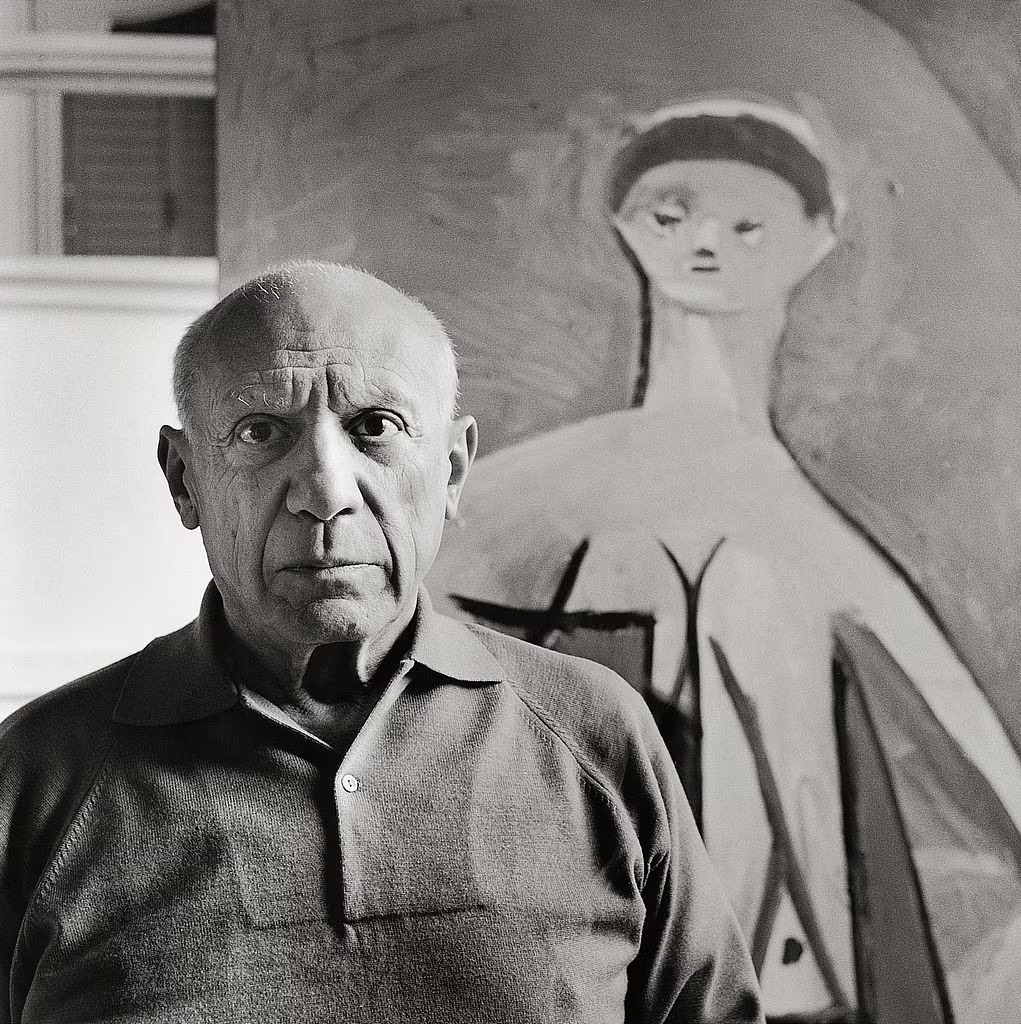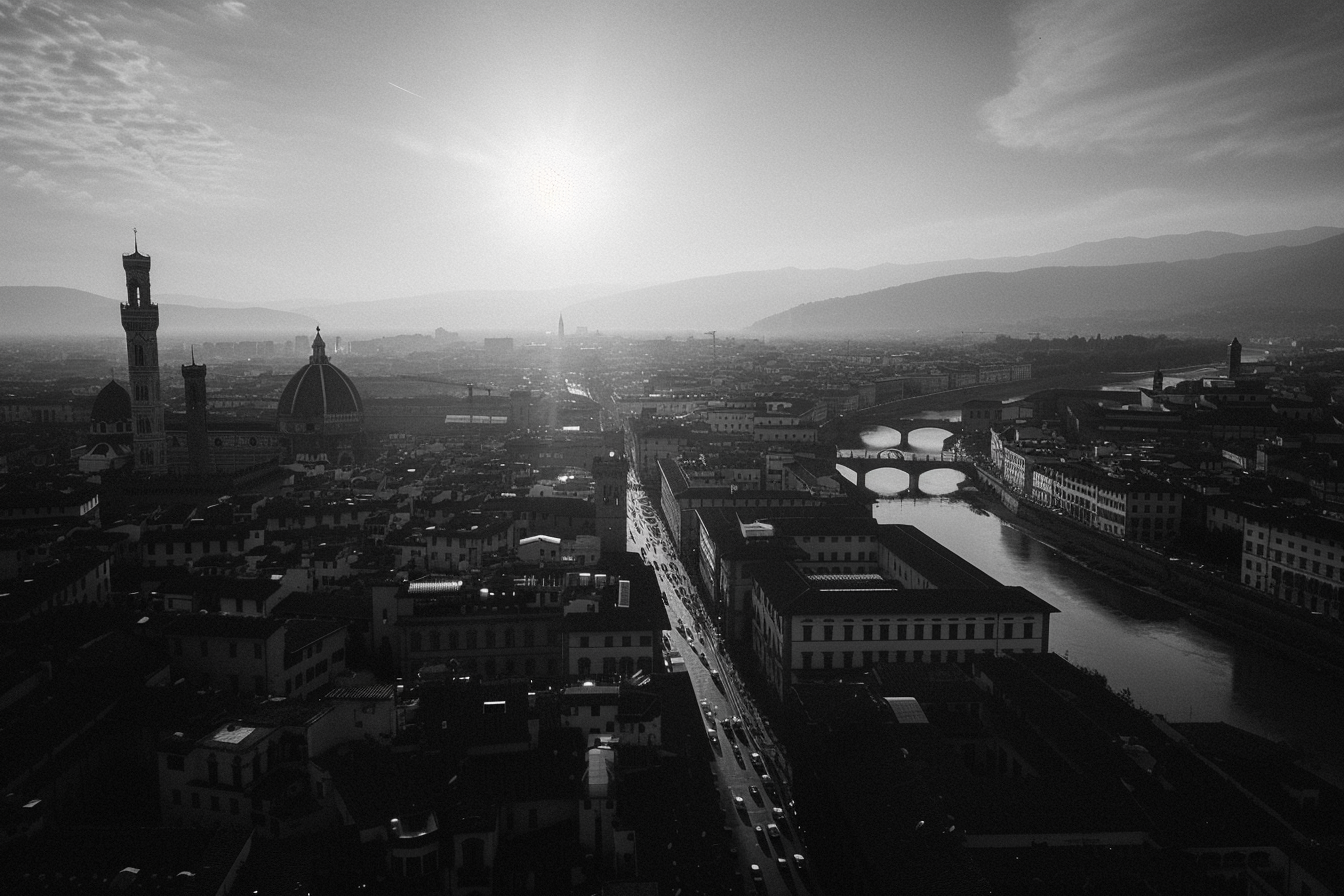In the annals of art history, few tales are as captivating, audacious, and shrouded in mystery as the theft of Leonardo da Vinci’s timeless masterpiece, the Mona Lisa. Set against the backdrop of the majestic Louvre, this story weaves a web of intrigue, audacity, and sheer brilliance that has kept the world enthralled for over a century.
The scene is Paris, August 21st, 1911. The city is a bustling tapestry of culture and charm, its streets alive with the chatter of visitors from every corner of the globe. Inside the Louvre, however, an altogether different drama is unfolding—one that would soon capture the imagination of millions.
Enter Vincenzo Peruggia, an Italian handyman with dreams of grandeur and a plan so audacious that even the most seasoned art thieves might have balked. Vincenzo’s connection to the Louvre was unassuming; he had previously worked on the very walls that housed the Mona Lisa. But now, with a new found sense of purpose, he saw himself as a modern-day Robin Hood, determined to return this Italian masterpiece to its rightful homeland.
Vincenzo’s audacious plan began to take shape. Disguised as a Louvre employee, he slipped into the hallowed halls of the museum before dawn, his heart racing in anticipation. The Mona Lisa, adorned in her a serene mystique, awaited him. With nerves of steel and audacity that defied reason, Vincenzounhooked the iconic painting from the wall and, with trembling hands, concealed her beneath his white smock.
Identikit
Name: Vincenzo Peruggia
Date of Birth: October 8, 1881
Place of Birth: Dumenza, Italy
Clothing at the Time of Theft: White smock or painter’s coat, possibly stained with paint
Distinctive Features:
- Audacious Demeanor: Known for his bold and daring actions.
- Patriotic Motivation: Believed in returning the Mona Lisa to Italy
Background
- Occupation: Handyman, with previous employment at the Louvre
Nationality: Italian
Motivation
- Believed the Mona Lisa belonged to Italy and wanted to return it to its homeland
Criminal act
- Stole Leonardo da Vinci’s Mona Lisa from the Louvre on August 21, 1911
Capture and aftermath
- Attempted to negotiate the return of the painting in Italy, leading to his arrestin December 1913
- Convicted of theft and sentenced to one year and 15 days in prison
Legacy
- Gained notoriety for his audacious act and patriotic motives
- Contributed to the enduring mystery and intrigue surrounding the theft ofthe Mona Lisa
.
.
.
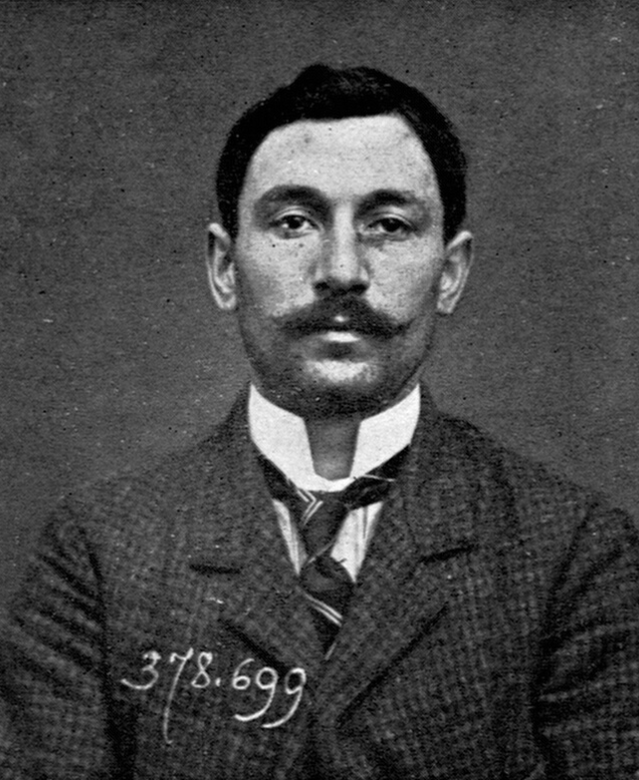
As the sun began to cast its golden rays over the city, Vincenzo calmly walked out of the Louvre. The Mona Lisa, nestled under his smock, seemed to hold her secret with an alluring smile. It was as if the very painting conspired with Vincenzo, allowing him to achieve the impossible.
In the hours that followed, the Louvre’s staff would discover the unthinkable—the Mona Lisa was missing! Panic and disbelief gripped the museum as they scoured every corner, hoping to unveil the painting’s hidden whereabouts. The audacity of the theft sent shockwaves through the art world, leaving experts and enthusiasts alike dumbfounded.


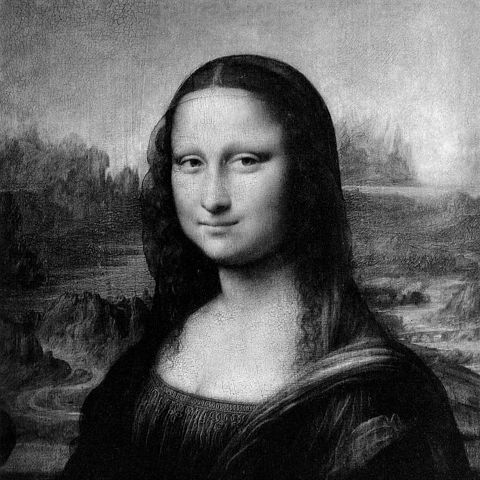
The following days and weeks resembled a frenzied detective story. Rumors swirled, theories emerged, and the world held its breath. Was the Mona Lisa destroyed? Was it hidden away by a secretive collector? Or had it been whisked away to Italy, as Vincenzo had boldly claimed?
Then, just as the world seemed resigned to its loss, a glimmer of hope emerged. Vincenzo, perhaps buoyed by the audacity of his actions, sought to negotiate a deal in Italy. His intention? To return the Mona Lisa to her homeland. But fate had different plans, and Vincenzo’s attempt at negotiation led him straight into the arms of justice.
With Vincenzo’s arrest, the truth emerged, unraveling the layers of audacity and intrigue that had shrouded the theft. The Mona Lisa was safely returned to the Louvre, her enigmatic smile seemingly unchanged by her harrowing adventure.
Today, as you stand before the Mona Lisa, allow yourself to be transported back to that fateful day in 1911. Imagine the audacious handyman who dared to capture her essence, the audacity of his plan, and the sheer brilliance of his execution. The Mona Lisa’s smile remains as captivating as ever, a testament to the audacious spirit that forever etched her into the annals of art history.


